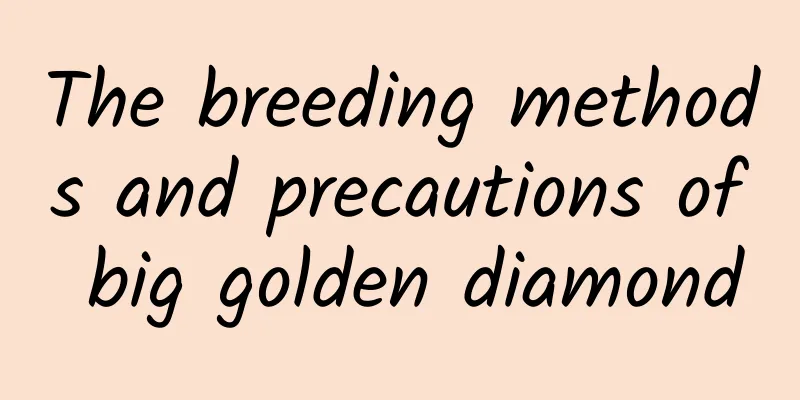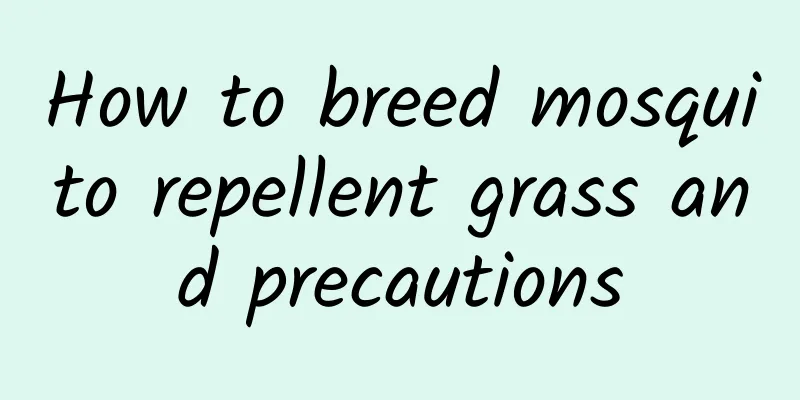The breeding methods and precautions of big golden diamond

|
The plant of the golden diamond is relatively unpopular, but it is also grown in ordinary families because its leaves are large and green, very beautiful, and very easy to grow. It has the function of purifying the air and is suitable for indoor cultivation. How to cultivate big golden diamond1. Soil The big golden diamond is a plant of the Araceae family. It has a relatively strong root system and is very demanding on the soil. It can be planted with coconut bran, humus, and red soil. The planting material is prepared according to the ratio of 4 parts of coconut bran, 4 parts of humus, and 1 part of red soil. 2. Light temperature The large-leaf golden diamond does not require much light during the growth period and can be cultivated indoors. The ambient temperature should be controlled between 20-28 degrees and should not be lower than 5 degrees in winter. In addition, the large-leaf golden diamond has a certain degree of cold resistance. In winter, try to avoid situations with large temperature differences between day and night. 3. Moisture When watering the Diamond Plant, wait until the surface of the soil in the pot is completely dry before watering it, so that the soil can alternate between wet and dry. If the soil remains moist all the time, root rot may occur, and in severe cases, root rot may occur. 4. Fertilization It is suitable to use diluted nitrogen fertilizer during the growing period of the big golden diamond, which is beneficial to promote the development of its branches and leaves. Potassium fertilizer can be used afterwards to promote plant absorption. Fertilizer can be applied 1-2 times a month, and no fertilizer is needed in winter. Precautions for maintenance of large gold diamondsThe growth of the big golden diamond is very slow in the early stage. It takes at least two years for the seedling to grow into a large seedling, so the pot cannot be changed frequently to affect its growth. After it grows stably, the potting soil can be changed every 1-2 years. The big golden diamond plant likes a semi-shady environment and cannot tolerate direct sunlight. It can be exposed to sunlight before 9 am and after 3 or 4 pm. If it is exposed to direct sunlight at noon, especially in the case of lack of water, its leaves will inevitably turn yellow and curl due to sunburn. |
<<: What soil is suitable for Osmanthus fragrans
>>: Cultivation methods and precautions of alpine banyan
Recommend
Tips for pruning the branches of red spider lilies, how to prune red spider lilies
1. Flower repair After the red spider lily blooms...
Why doesn't Milan bloom when it has buds?
1. The flowers are very small The flowers of Mila...
What is the best month to plant beans without frames?
When to plant beans without frames Frameless bean...
What is the best month to plant baby's breath?
When to plant baby's breath Baby's breath...
Is the green radish suitable for a deep or shallow pot?
Should I use a deep or shallow pot for my green r...
Cultivation methods and precautions of Sophora japonica
1. Soil Generally, sandy loam can be used to plan...
Hibiscus cultivation methods and precautions
Flower Pot Selection It is best to use unglazed p...
What fertilizer to use for Clivia
Clivia is one of the more common flowers in my co...
Does Impatiens prefer sunlight or shade? Does it need sunlight when growing?
Does Impatiens prefer shade or sun? Impatiens is ...
What to do if the leaves of Chiyoda pine become wrinkled and thin
The reason why the leaves of Chiyoda pine become ...
When should wax gourd be sown?
The wax gourd is the fruit of the Akebia trifolia...
In which months are strawberries usually planted? Planting methods and time
Which month is suitable for planting strawberries...
How to judge whether Clivia is lack of fertilizer
Clivia lacks nitrogen fertilizer When growing Cli...
When does the cinnabar root bloom?
1. When does it bloom? Cinnabar root usually bloo...
How long is the growth cycle of Matsutake?
Growth cycle of Matsutake The growth cycle of Mat...









